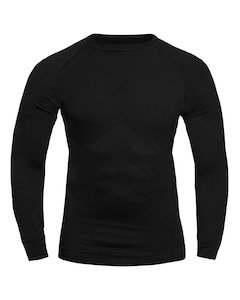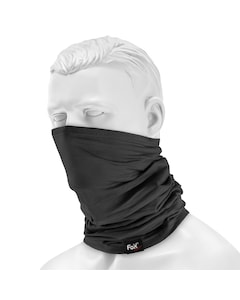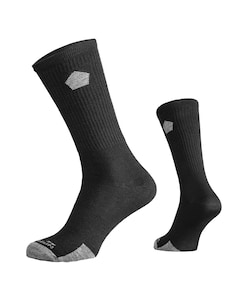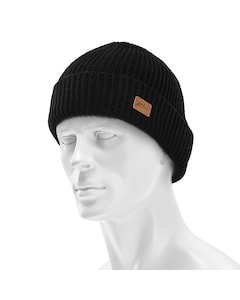What is merino wool and what properties does it have?
Merino is a type of wool from which high-quality clothing is made. For years, products made from this material have been popular among those who are physically active and those who value comfort on a daily basis. What distinguishes merino wool from other raw materials and why has it gained such a high reputation?
In this guide you will learn what merino wool is and what it is sourced from. You will also learn about its advantages and disadvantages. We will also answer the most frequently asked questions about this material.
Merino wool - what is it sourced from?
Merino wool is extracted from the fleece of merinos, a special breed of mountain sheep. These animals are native to Asia, but large-scale breeding was pioneered by the Iberian people. Thanks to Spanish and Portuguese explorers, merinos were brought to New Zealand, where they began to be bred in the foothills of the Southern Alps. There they quickly adapted to the harsh conditions of the region.
Today, merinos are mainly bred in New Zealand and Australia. The world's finest merino wool comes from Australia, which supplies more than 80 per cent of the global production of ultra fine wool from farmers using sustainable farming practices.
Various types of products are made from merino wool, including:socks, hats, T-shirts, underwear, leggings, and even gloves. It is worth noting that merino wool garments are often produced in combination with synthetic fibres. This combination is intended to strengthen the structure of the material and to reduce costs, as merino wool is relatively expensive.
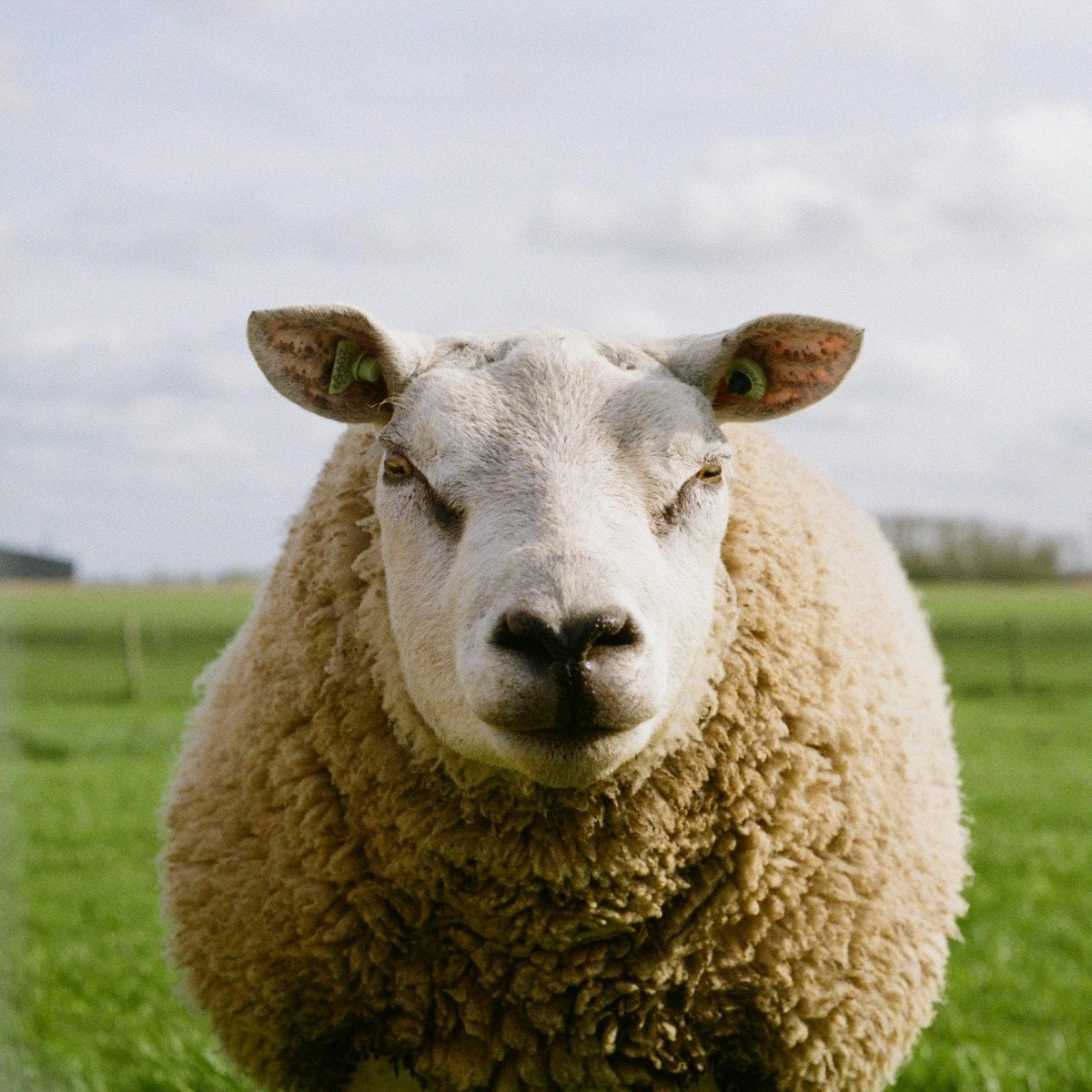
Advantages and disadvantages of merino wool
Merino wool has remarkable properties that are largely due to the conditions in which these sheep are raised. For example, in the Southern Alps in New Zealand, where temperatures can exceed 40°C in summer and drop below -20°C in winter, merinos have had to adapt to extreme weather changes.
In this section we will discuss the advantages and disadvantages of merino wool. We will start with the advantages, of which there are far more, and present the disadvantages of this fabric at the end.
- Excellent thermoregulatory properties — Garments made from this material provide warmth when it is cool and protect against overheating on hot days. As a result, it can be worn all year round and in places with different climates. It is important that the weight of the fabric is higher for winter and lower for summer.
- Antimicrobial — merino wool inhibits the growth of bacteria thanks to the natural properties of the keratin contained in its fibres, which counteracts the formation of unpleasant odours.
- Excellent moisture wicking— Merino wool fibres can absorb large amounts of moisture and then wick it away from the skin so that it evaporates to the outside, instead of condensing on the surface of the fibres. This keeps the skin dry.
- Flexibility — The fibres are elastic, allowing them to easily regain their original shape. As a result, garments made from this wool, even when creased, quickly return to their original appearance.
- Lightness — merino fibres are thinner than traditional wool, which makes garments made from this material lightweight.
- Softness and gentleness — Merino wool is characterised by its fine, delicate fibres, making garments made from this material soft to the touch and non-irritating to the skin.
- Environmentally friendly — The fibres of this wool are biodegradable, which means that they decompose naturally in the soil. Choosing garments made from 100% merino wool contributes to protecting the environment.
- Protection against UV radiation — merino wool naturally provides UV protection, with a UPF that can range from 20+ to 40+, depending on the density of the weave and the thickness of the fabric.
- Quick drying — Because merino wool fibres are light and thin, the wool dries really quickly.
- Flame retardant — compared to other natural materials such as cotton or viscose, is one of the most difficult fibres to ignite.
As you can see above, merino wool has many advantages. The downside of this material is really only the price - products made from it tend to be more expensive than their competing alternatives. This is of course due to the fact that high quality comes with higher production costs, but also for logistical and geographical reasons. Due to the location of the merino sheep with the best fleece, sourcing the raw material is expensive.
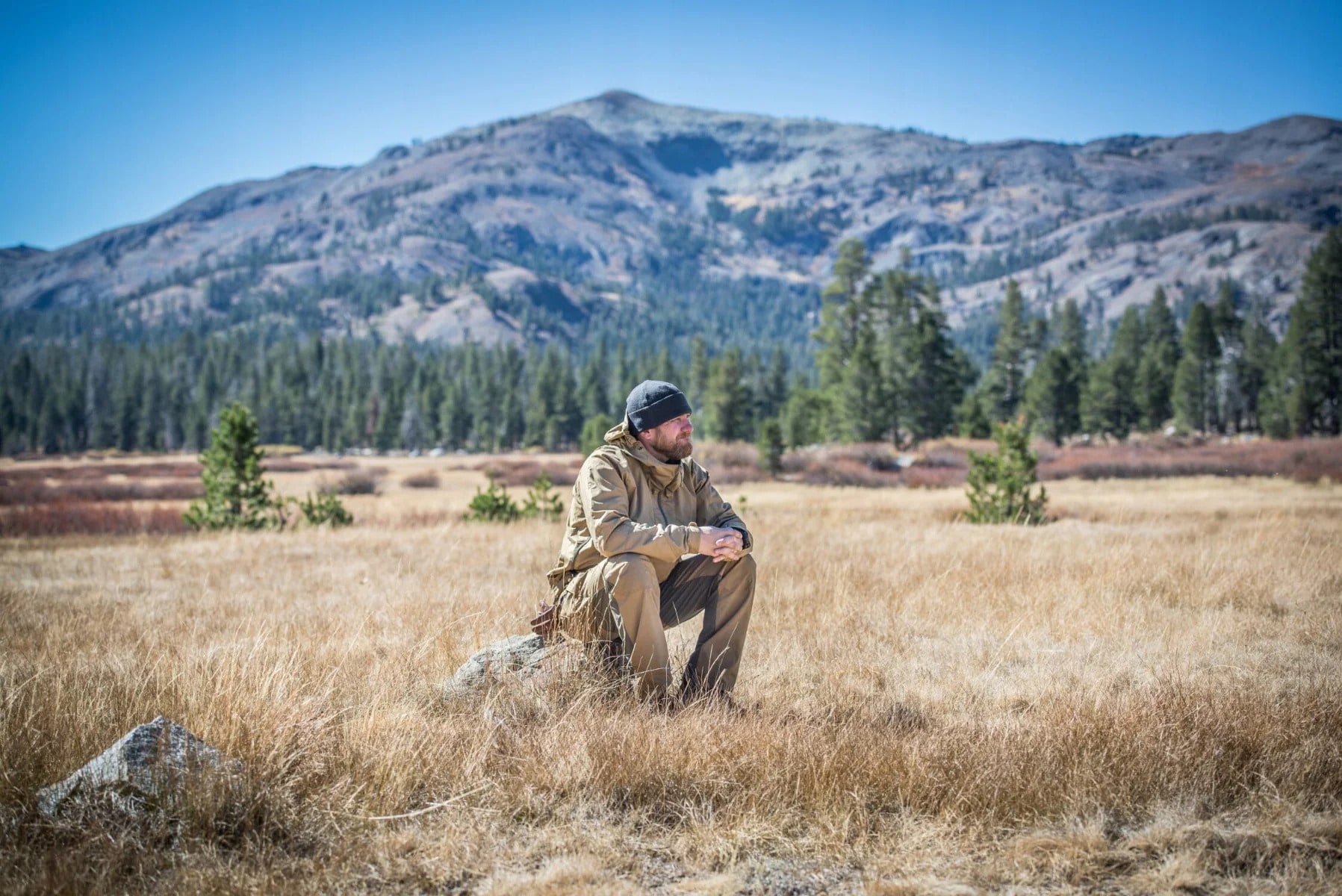
Merino wool - frequently asked questions and answers
In this section of the article, we provide answers to questions often asked by people who want to buy products made from merino wool but have some doubts.
Does Merino wool bite?
Merino wool is known for its softness and softness, so it does not bite. Unlike ordinary wool, which can be rough and irritating, it is pleasant to the touch. For this reason, merino wool garments are often chosen for children and babies, as well as for people with atopic dermatitis (AD).
Does merino wool mend?
Merino wool, like any other wool, becomes mossy through friction, which is a natural process. Mossing occurs when fibres rub against each other or against other materials or objects. Friction leads to the breaking up and loosening of the fibres, resulting in the formation of small balls on the surface of the fabric. These can be removed with the fingers or shaved with a special clothes shaver. It's worth noting, however, that proper care of your garment will keep you wrinkle-free for longer.
Does merino wool stretch?
Merino wool is naturally resilient and flexible, allowing it to stretch by up to 30% without damage. Once stretched, it returns to its original shape and does not deform.
Merino wool clothing offer at MILITARY.EU
If you already know what merino wool is and are considering buying products made from this material, we encourage you to take a look at the range of clothing at MILITARY.EU. There you will find, among other things: t-shirts, leggings, socks, chimneys, caps, gloves and thermal underwear made from merino wool. As you browse through our range, you will no doubt notice that merino wool is rarely the only material used in garments. The addition of synthetic fibres is intended to strengthen the products, for example nylon makes them more durable.
The merino wool products available in our shop come from brands such as Brubeck, Pentagon, Helikon, Salewa and many others.


